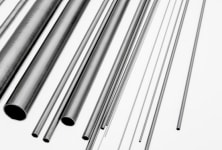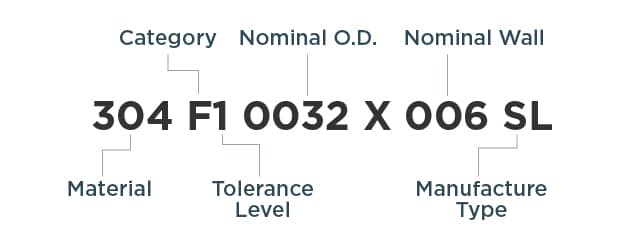Innovations in Laser Processing - Device Talks webinar
55 mins
The move toward smaller medical devices has established laser cutting & welding as critical methods of medical device manufacturing. These methods are complicated but essential processes for adding functionality such as improved steering, reach or flexibility when working with materials such as metals and polymers.In this webinar, TE discusses its laser processing capabilities in cutting and welding complex designs of metal components, from prototyping to automated high-volume production.

 e
e
 e
e
 e
e
 e
e


